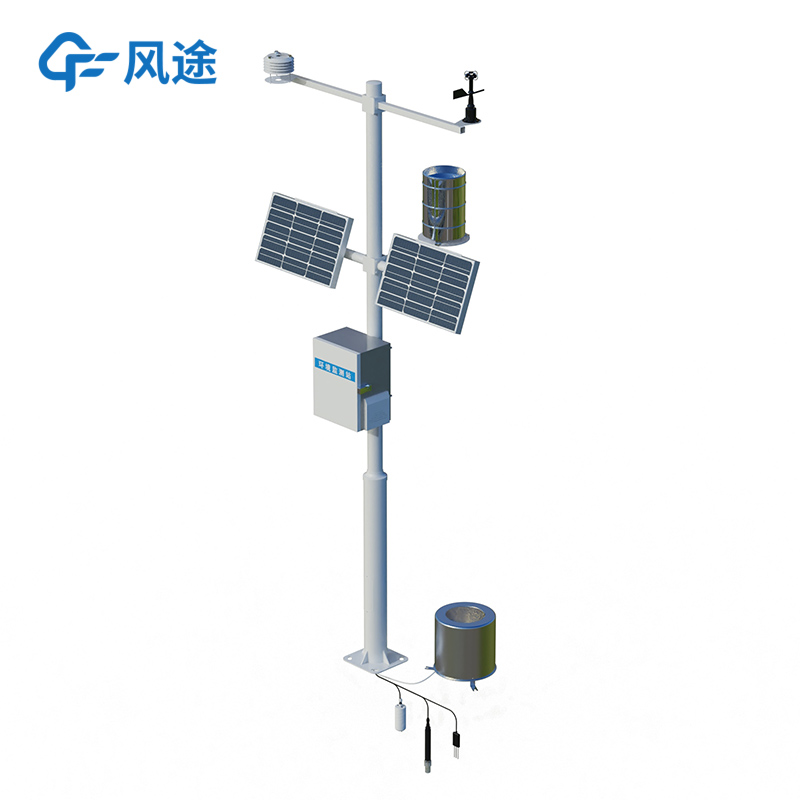Agriculture is a typical industry that "depends on the weather." Meteorological elements such as light, temperature, moisture, and wind directly affect crop growth and development, yield formation, and quality, while also being related to the occurrence and spread of pests and diseases, and the early warning and defense of agricultural disasters.
Traditional agriculture relies on farming proverbs and experience accumulated over generations, such as "A heavy snowfall bodes well for a good harvest." However, this experience has regional limitations and lags behind actual conditions. Modern agriculture pursues high efficiency, high yield, and high quality, requiring quantitative, real-time, and precise monitoring of the meteorological environment affecting agricultural production. This is the background against which agricultural meteorological stations were born.
Agricultural meteorological stations provide scientific basis for agricultural activities such as sowing, irrigation, fertilization, pesticide application, and harvesting. They can also timely monitor and warn of disastrous weather such as droughts, floods, frost, dry hot winds, and hailstorms, minimizing losses.
Overall, agricultural meteorological stations form a complete observation system ranging from small portable devices to large automated stations.
Ground-based conventional meteorological element observation instruments are the most basic and core components, used to measure basic parameters of farmland microclimate.
These include air temperature and humidity sensors, precipitation and soil moisture observation instruments, solar radiation and sunshine duration meters, soil temperature and humidity sensors, etc.
The trend in modern agricultural meteorological observation is to integrate these various sensors into an automatic farmland microclimate observation station.
A single pole integrates sensors for temperature, humidity, rainfall, wind speed and direction, radiation, soil temperature and humidity, etc., powered by solar panels, with data transmitted in real-time to cloud platforms or users' mobile phones and computers via IoT technology.
This achieves 24-hour uninterrupted, unattended, remote monitoring, allowing farmers and agricultural technicians to check field conditions anytime, anywhere, and receive disaster warnings and agricultural recommendations issued by the system.

Article address:https://www.sqqx.net/en/news/754.html

 +86 15898932201
+86 15898932201



